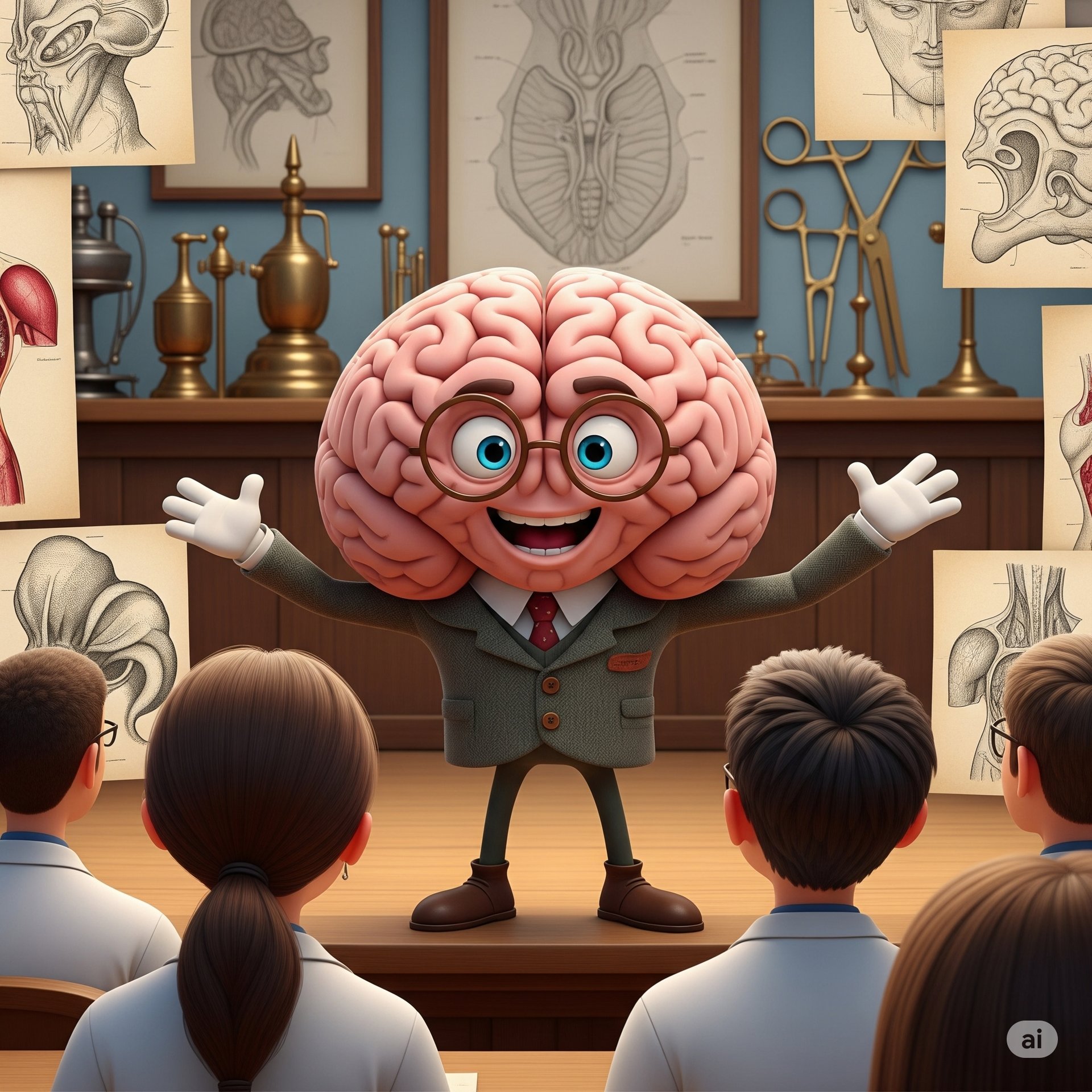THEMEDPRACTICALEXAM.COM

History Taking Protocol for Seizure
1. Patient Details
Name, Age, Sex, Occupation, Address
Source and reliability of history (often a witness or family member is needed)18
2. Presenting Complaint
Description of the event (e.g., "collapse," "fit," "shaking," "loss of consciousness")
Duration and frequency
3. History of Presenting Illness
A. Before the Event
Activities at onset (rest, sleep, exertion, emotional stress, eating, driving)16
Prodromal symptoms:
Recent trauma, head injury, or sleep deprivation
B. During the Event
Onset: Sudden or gradual?
Loss of consciousness: Present or absent?
Description of movements:
Duration of episode
Eye deviation, tongue biting (especially lateral), incontinence (urine/stool)16
Skin color changes: Cyanosis or pallor
C. After the Event (Post-ictal Phase)
Confusion, drowsiness, or agitation (how long did it last?)16
Amnesia for the event or period after (anterograde amnesia)1
Headache, muscle soreness, or weakness (Todd’s paralysis)
Nausea, vomiting, or aspiration
4. Systemic Enquiry
Fever, infection, recent illness
Headache, visual changes
Chest pain, palpitations
Weakness, numbness, speech difficulty
5. Past Medical History
Previous seizures or epilepsy: Age at first seizure, typical pattern, frequency, triggers, last episode6
Other neurological disorders: Stroke, brain tumor, head injury, meningitis/encephalitis, intellectual disability
Chronic illnesses: Diabetes, hypertension, cardiac arrhythmia, metabolic or autoimmune disorders6
Previous surgeries or procedures
6. Drug History
Current and recent medications (name, dose, frequency, form, route)16
Recent changes, missed doses, or withdrawal (especially anticonvulsants, benzodiazepines, antidepressants)16
Medications that lower seizure threshold (e.g., antibiotics, tramadol, antipsychotics)1
Over-the-counter, herbal, or vitamin supplements
Side effects of medications
7. Family History
Seizures, epilepsy, sudden unexplained death, cardiac arrhythmias, or neurological disorders in family members16
8. Social History
Alcohol use: Type, frequency, quantity; recent cessation or binge drinking16
Recreational drug use: Type, frequency1
Occupation: High-risk activities (driving, operating machinery, working at heights)1
Support system and living situation
9. Review of Triggers and Precipitants
Case History
Personal Details:
Mr. Rohan Kumar, 28-year-old male, IT professional
Presenting Complaint:
Single episode of loss of consciousness with abnormal movements, witnessed by a colleague, 2 days ago
History of Presenting Illness:
Mr. Kumar was at work, sitting at his desk, when a colleague noticed he suddenly stopped typing and became unresponsive. Within seconds, he developed generalized stiffening of his body (tonic phase) followed by rhythmic jerking of all four limbs (clonic phase) lasting about 1–2 minutes. There was no obvious trigger, such as emotional stress, sleep deprivation, or illness. During the episode, he bit the side of his tongue and had urinary incontinence. After the episode, he remained confused and drowsy for about 20 minutes before gradually returning to baseline.
He does not recall the event itself but remembers feeling tired and having muscle soreness afterward. There was no preceding aura, palpitations, chest pain, or warning symptoms. He denies any recent fever, headache, visual changes, limb weakness, or trauma.
Past Medical History:
No previous seizures or episodes of loss of consciousness
No history of head injury, stroke, or CNS infection
No chronic illnesses (diabetes, hypertension, cardiac disease)
Drug History:
Not on any regular medications
No recent drug or alcohol use
No recent changes in medication or exposure to toxins
Family History:
No family history of epilepsy or neurological disorders
Personal and Social History:
Non-smoker, does not consume alcohol
Lives with parents, good social support
No recent travel
Systemic Enquiry:
No fever, cough, urinary or gastrointestinal symptoms
No recent weight loss or night sweats
Case Summary
A 28-year-old man presents with a single, unprovoked, generalized tonic-clonic seizure, with tongue biting, urinary incontinence, and post-ictal confusion, and no significant past medical or family history.
Differential Diagnosis
Primary Generalized Epileptic Seizure (New-Onset Epilepsy)
Secondary Seizure Due to Structural Brain Lesion (e.g., Tumor, Old Trauma, Stroke)
Metabolic or Toxic Causes (e.g., Hypoglycemia, Electrolyte Imbalance, Drug Intoxication)
Non-Epileptic Mimics (e.g., Syncope, Psychogenic Non-Epileptic Seizure)
Unlikely due to presence of tonic-clonic movements, tongue biting, incontinence, and prolonged post-ictal state1.
Infection-Related Seizure (e.g., Encephalitis, Meningitis)

Viva Questions and Answers on Seizures
1. What is a seizure?
A seizure is a sudden, transient, abnormal electrical activity in the brain that results in changes in behavior, movement, sensation, or consciousness.
2. What is epilepsy?
Epilepsy is a chronic neurological disorder characterized by a tendency to have recurrent, unprovoked seizures.
3. How do you differentiate between a seizure and syncope?
Seizures often have tonic-clonic movements, tongue biting (especially lateral), urinary incontinence, and a post-ictal period of confusion. Syncope is usually brief, with rapid recovery and no post-ictal confusion or convulsions.
4. What are the main types of seizures?
Focal (partial) seizures: Originating in one part of the brain (may be aware or impaired awareness).
Generalized seizures: Involve both hemispheres from onset (e.g., tonic-clonic, absence, myoclonic, atonic).
5. What is a generalized tonic-clonic seizure?
It is a seizure characterized by an initial tonic phase (stiffening of muscles) followed by a clonic phase (rhythmic jerking), usually with loss of consciousness.
6. What is the post-ictal phase?
The post-ictal phase is the period after a seizure when the patient may be confused, drowsy, or have muscle soreness.
7. What are common causes of a first seizure in adults?
Idiopathic (primary epilepsy)
Structural brain lesions (tumor, stroke, trauma)
Metabolic disturbances (hypoglycemia, hyponatremia)
Infections (meningitis, encephalitis)
Toxins or drug withdrawal
8. What investigations are indicated after a first seizure?
Blood glucose, electrolytes, renal and liver function
Brain imaging (MRI preferred)
EEG
Toxicology screen if indicated
9. What is the significance of tongue biting and incontinence in a seizure?
They are classic features of generalized tonic-clonic seizures and help distinguish seizures from syncope or other mimics.
10. What is Todd’s paralysis?
Todd’s paralysis is a transient focal neurological deficit (usually weakness) following a seizure, lasting minutes to hours.
11. What advice should be given to a patient after a first seizure?
Avoid driving, swimming alone, operating heavy machinery, and activities at heights until evaluated by a neurologist.
12. What are seizure triggers?
Common triggers include sleep deprivation, alcohol, stress, flashing lights, missed medications, and illness.
13. What is status epilepticus?
Status epilepticus is a medical emergency defined as continuous seizure activity lasting more than 5 minutes or recurrent seizures without regaining consciousness in between.
14. What is an aura?
An aura is a subjective sensory or experiential phenomenon that may precede a seizure, often seen in focal seizures.
15. What is the role of EEG in seizure evaluation?
EEG helps detect abnormal electrical activity in the brain and assists in classifying seizure type and guiding treatment.
16. What are the common side effects of antiepileptic drugs?
Side effects may include drowsiness, dizziness, rash, gastrointestinal upset, and rarely, serious allergic or hepatic reactions.
17. What is the difference between provoked and unprovoked seizures?
Provoked seizures have an identifiable acute cause (e.g., metabolic disturbance, infection), while unprovoked seizures occur without an immediate precipitating factor.
18. How does alcohol withdrawal cause seizures?
Alcohol withdrawal can lower the seizure threshold, leading to generalized tonic-clonic seizures, typically within 6–48 hours after cessation.
19. What is psychogenic non-epileptic seizure (PNES)?
PNES are episodes that resemble epileptic seizures but are psychological in origin and not associated with abnormal electrical activity in the brain.
20. When is long-term antiepileptic therapy started after a first seizure?
Long-term therapy is usually considered after a second unprovoked seizure or if there is a high risk of recurrence (abnormal imaging, EEG, or neurological exam).